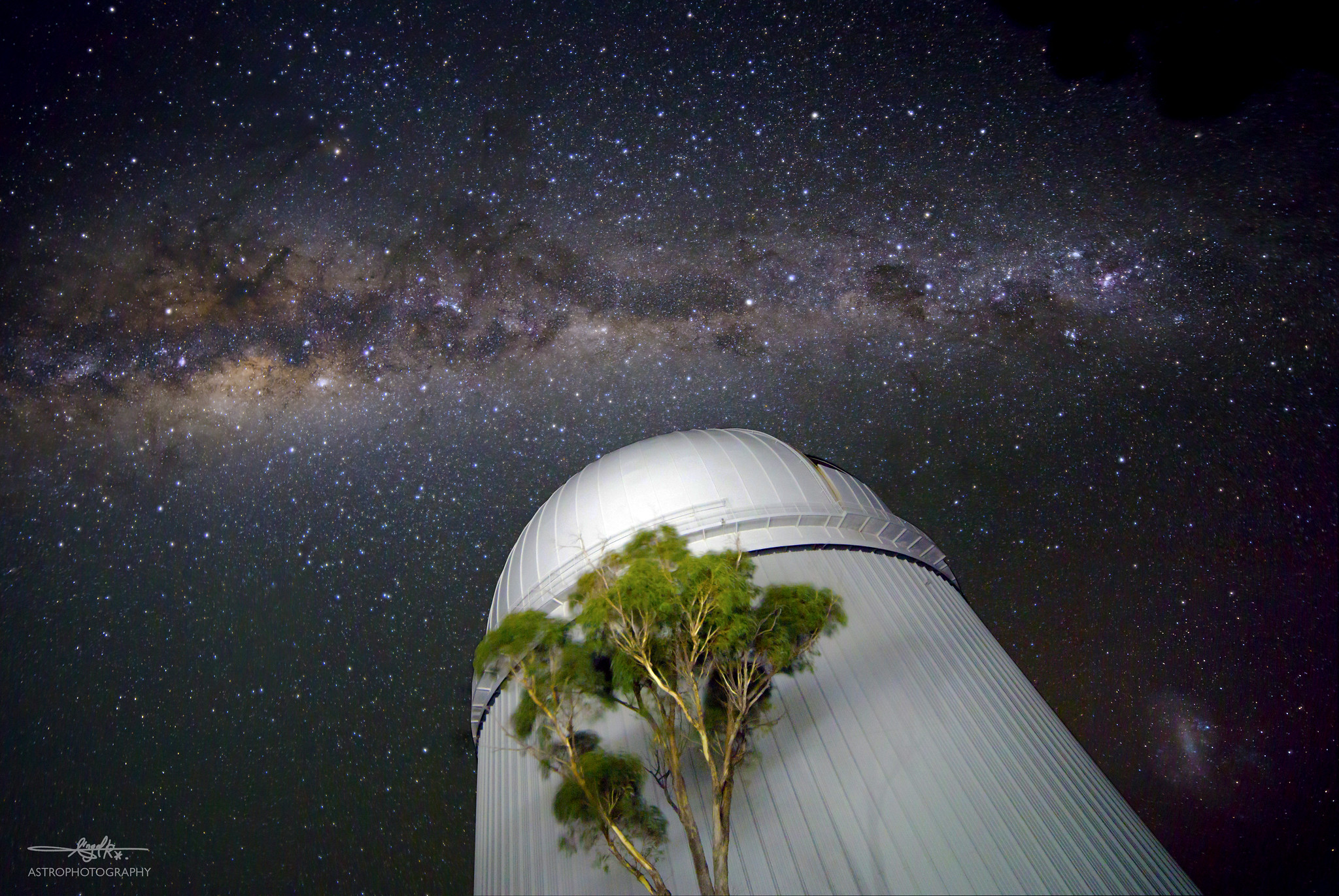
AAL is pleased to announce a new Call for Proposals at the Anglo-Australian Telescope (AAT) for observations in Semester 2022A (1 February 2022 – 31 July 2022).
The deadline for the proposals is 16 September 2021, at 17:00 AEDT. Proposals to the Australian Time Allocation Committee (ATAC) must follow the ATAC Policies and Procedures and be submitted before the deadline using the AAT’s online application system, Lens.
ATAC accepts Australian and non-Australian proposals and allocates both Open Time and Paid Time on the AAT. A proposal is Australian if at least half of the proposers and the lead proposer are based at Australian institutions; otherwise it is non-Australian. Open Time is only available to Australian proposals. There is no charge to Australian astronomers for the use of Open Time. Paid Time is available to both Australian and non-Australian proposals.
Enquiries regarding the terms and conditions for AAT Paid Time can be made to Astronomy Australia Limited (AAL).
COVID-19 update: The observatory follows the advice of NSW Government Health. We anticipate that all astronomers will need to observe remotely using one of the remote observing stations or from home. The latter is restricted to experienced observers and requires a good internet connection. Exceptions to observe in person from SSO will be granted on a case-by-case basis. Any changes to this policy will be advertised on the AAT web pages.
Other general enquiries can be directed to the AAL Program Manager for the AAT, Dr Lucyna Kedziora-Chudczer.
